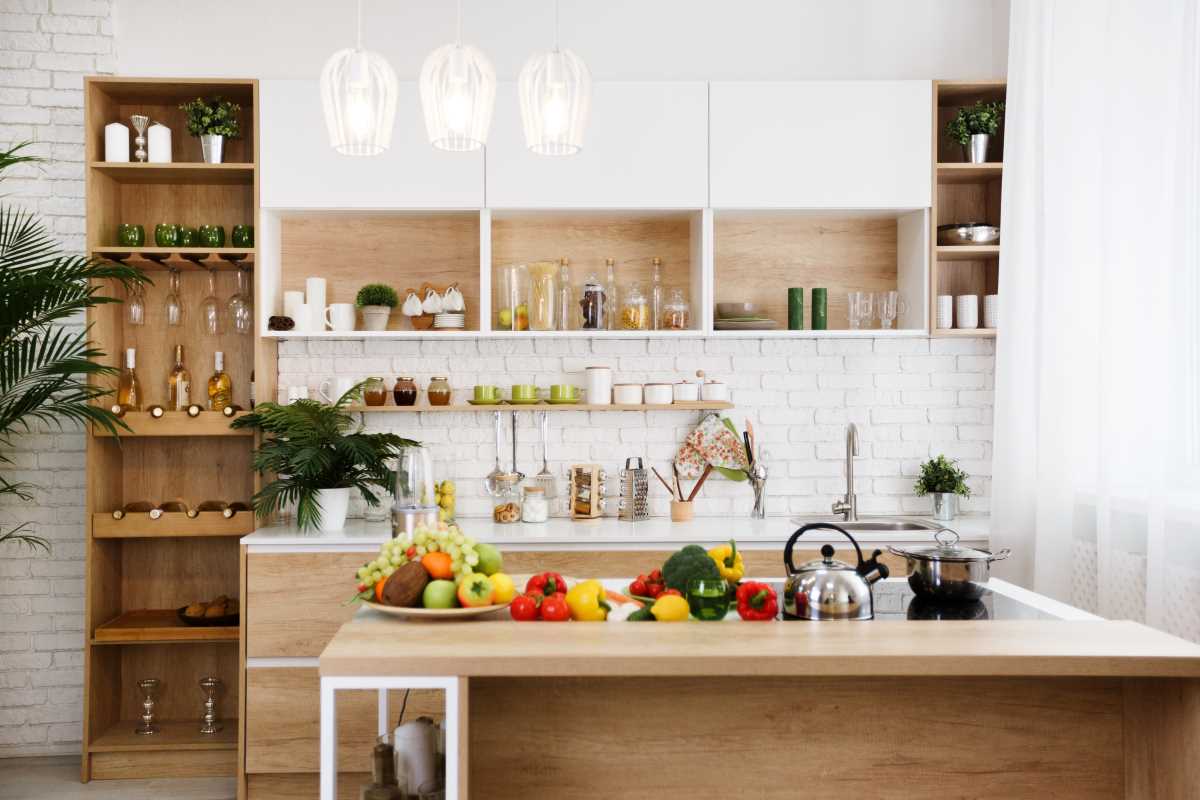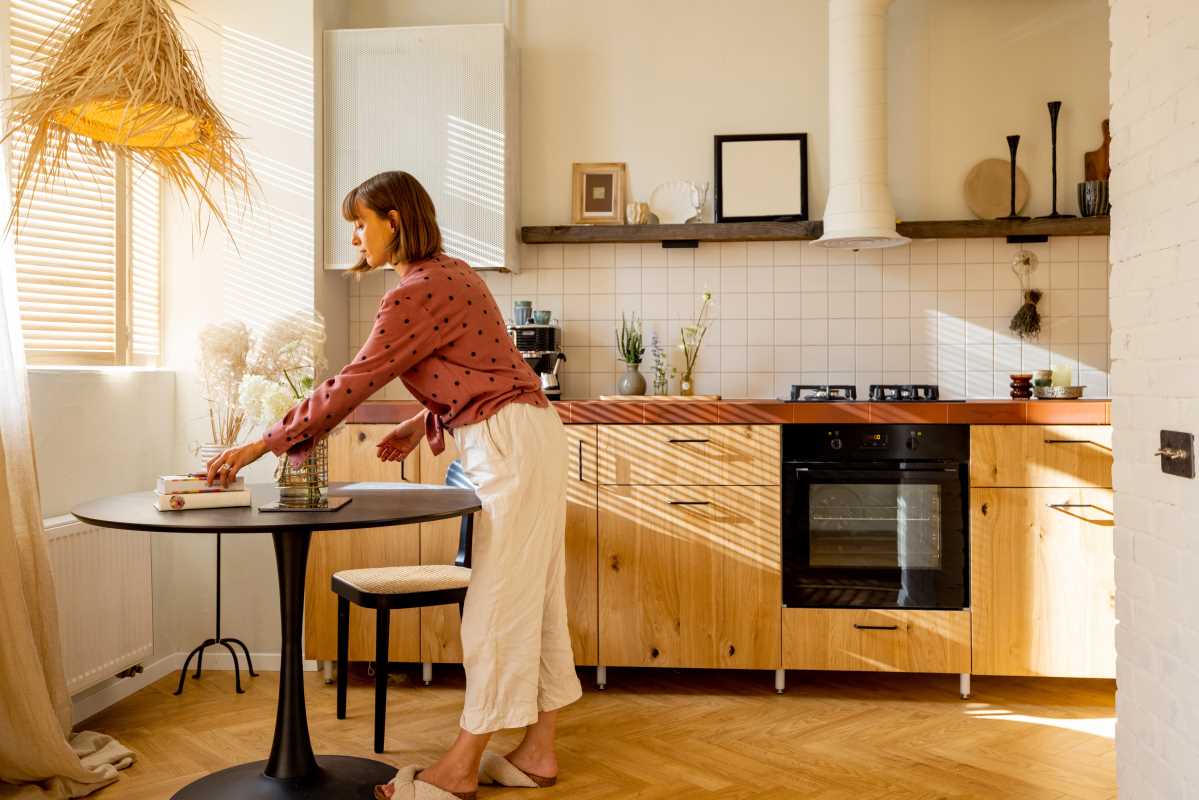Imagine transforming your ordinary afternoon tea into a tranquil Zen tea ceremony right in the comfort of your home. This simple shift can turn a routine moment into a serene and mindful experience, allowing you to pause, breathe, and truly appreciate the art of tea. Whether you're a tea enthusiast or someone looking to incorporate more mindfulness into your daily routine, adopting a Zen tea ceremony can bring a sense of peace and balance to your life.
The Essence of Zen Tea Ceremony
- Originated in Japan during the 12th century, deeply influenced by Zen Buddhism.
- Emphasizes simplicity, harmony, and the appreciation of the present moment.
- Traditionally performed in a tea room designed to create a peaceful atmosphere.
- Involves precise movements and attention to detail in every step of the process.
- Serves as a spiritual and social practice, fostering connection and mindfulness.
Setting Up a Zen Tea Ceremony at Home
- Choose a Quiet Space: Select a room or corner in your home where you can perform the ceremony without interruptions.
- Cleanse the Space: Remove clutter and ensure the area is clean, symbolizing the clearing of the mind.
- Gather Your Tools: Ensure you have all the essential tools and materials ready before starting.
- Arrange Seating Comfortably: Use cushions or a low table to create an appropriate seating arrangement.
- Prepare the Tea: Follow the traditional steps of brewing the tea with care and intention.
- Serve and Enjoy: Present the tea mindfully, savoring each sip with full attention.
Essential Tools and Materials
To fully immerse yourself in a Zen tea ceremony, you'll need a few key items:
- Chawan (tea bowl): The vessel used to prepare and serve the tea.
- Chasen (bamboo whisk): Essential for mixing the tea.
- Chashaku (tea scoop): Used to measure the tea leaves accurately.
- Kettle: For boiling water to the appropriate temperature.
- Togari (tea scoop): Another tool for handling tea leaves with precision.
- Furo (portable brazier): Used if you need to keep water warm during the ceremony.
Creating a Serene Atmosphere
The ambiance plays a crucial role in the success of a Zen tea ceremony. Start by dimming the lights or using soft, natural lighting to create a calming environment. Incorporate elements of nature, such as a small vase with fresh flowers or a simple bonsai tree, to bring the outside in. Use calming scents like sandalwood or lavender through candles or essential oils to engage the senses. Playing gentle background music or natural sounds can also enhance the tranquil atmosphere, helping you and your guests to relax and focus on the present moment.
The arrangement of your space should reflect simplicity and order. Arrange your tools neatly and ensure everything has its place. This not only aids in the smooth flow of the ceremony but also symbolizes the clarity of mind that comes with mindfulness. Keep decorations minimal to avoid distractions, allowing the beauty of each element to shine through effortlessly.
Mindfulness Practices in Tea Ceremony
Incorporating mindfulness into your tea ceremony transforms it from a mere ritual into a profound practice of presence and awareness. Begin by taking a few deep breaths before starting, centering yourself and releasing any distractions from your mind. As you handle each tool, do so with intention, paying close attention to the texture, weight, and temperature of each item. Notice the subtle aromas of the tea leaves as you scoop them into the bowl.
During the ceremony, focus on the sensory experiences—the sound of the water boiling, the gentle whisking of the tea, the warmth of the cup in your hands. Engage all your senses fully, allowing each sip of tea to be a meditation in itself. Encourage yourself and your guests to let go of any lingering thoughts or worries, embracing the moment's tranquility. By doing so, the tea ceremony becomes a practice of mindfulness that can ripple into other areas of your life, promoting overall well-being and inner peace.
Engaging in mindful conversation, if any, can further enhance the experience. Speak softly and listen deeply, fostering a sense of connection and mutual respect. This mindful interaction strengthens relationships and creates a space of mutual understanding and harmony, embodying the true spirit of the Zen tea ceremony.
Adopting mindfulness practices in your tea ceremony also means embracing imperfections. Zen philosophy values wabi-sabi, the beauty of imperfect, transient, and incomplete things. Allow yourself to appreciate the natural variations in your tools and the tea itself, finding beauty in the unique characteristics of each element. This acceptance fosters a deeper sense of peace and appreciation for the present moment.
As you conclude the ceremony, take a moment to reflect on the experience. Acknowledge the calmness and clarity you feel, and carry this sense of mindfulness into your everyday activities. This reflection solidifies the practice's benefits, encouraging you to make it a regular part of your lifestyle.
Integrating mindfulness into your Zen tea ceremony doesn't just enhance the experience of drinking tea—it cultivates a habit of being present. This ongoing practice can lead to improved focus, reduced stress, and a greater appreciation for the small moments that make up our lives. By dedicating time to this mindful ritual, you create a sanctuary of peace and intentional living within your home.
Embracing a Zen tea ceremony at home offers more than just a beautifully conducted tea ritual; it provides a pathway to a more mindful and harmonious life. By thoughtfully setting up your space, gathering the right tools, creating a serene atmosphere, and practicing mindfulness, you can turn a simple tea time into a profound experience of peace and presence. This practice not only enriches your daily routine but also fosters a deeper connection with yourself and those around you, bringing the tranquility of the Zen tradition into your everyday life.







